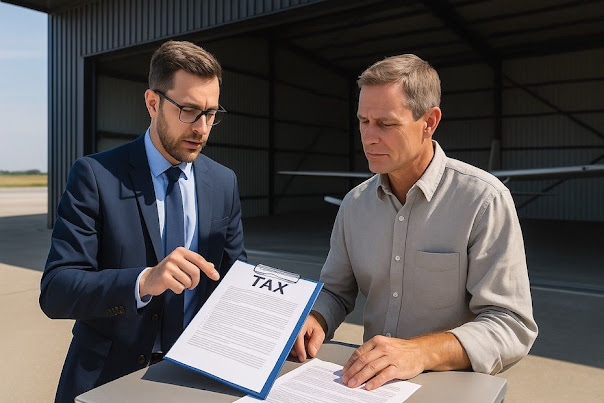Real Estate Investment Strategies for Uncertain Markets

You navigate uncertain real estate markets by prioritizing cash flow, limiting leverage, diversifying across property types and geographies, and stress-testing deals before committing capital. In this article, you’ll explore proven strategies investors use to thrive when volatility rises. You’ll learn which asset classes hold up better, how to manage debt, when to diversify, and how to prepare contingency plans that keep your portfolio strong. What defines uncertainty in real estate markets? Uncertain markets are periods when interest rates, inflation, or demand swings create instability in property values and income potential. These cycles force you to adapt quickly. For instance, high borrowing costs reduce your ability to leverage deals profitably. Inflation pressures expenses like maintenance and insurance. Shifts in employment or population can weaken rental demand in certain markets. Recognizing these conditions early is vital. Instead of reacting to turbulence, you prepare stra...





